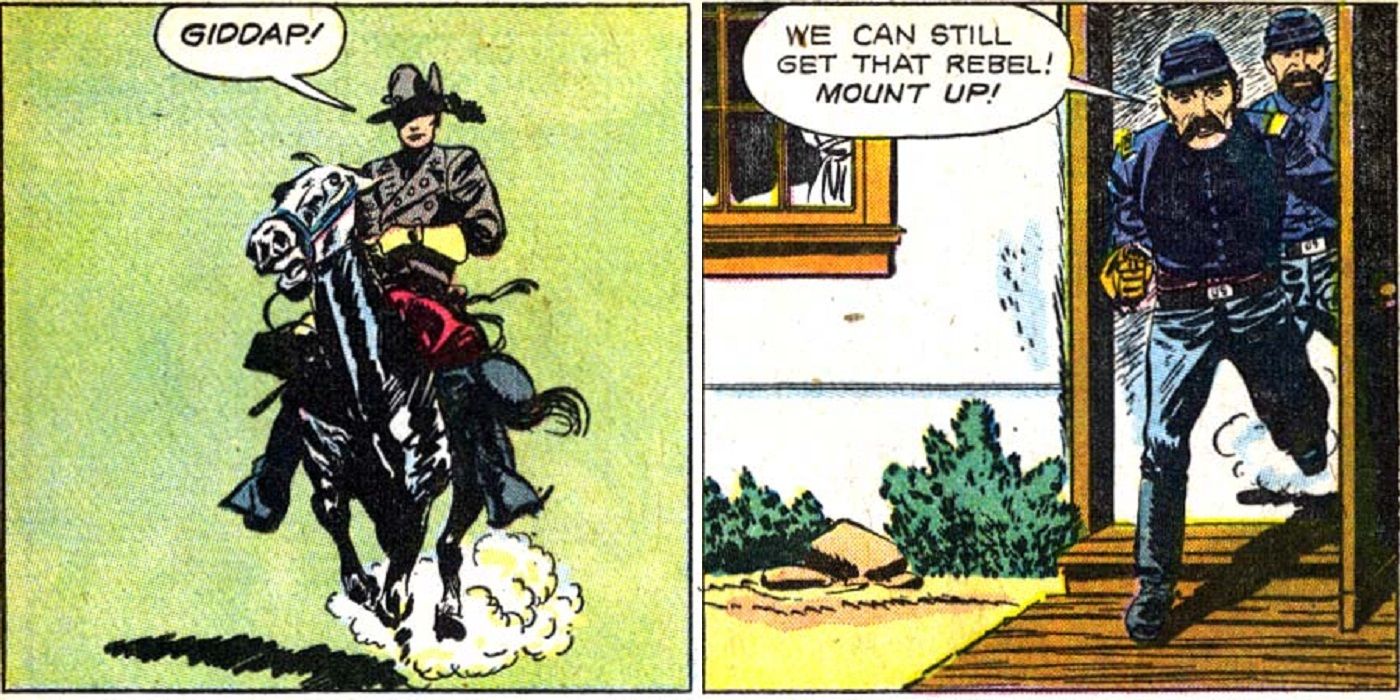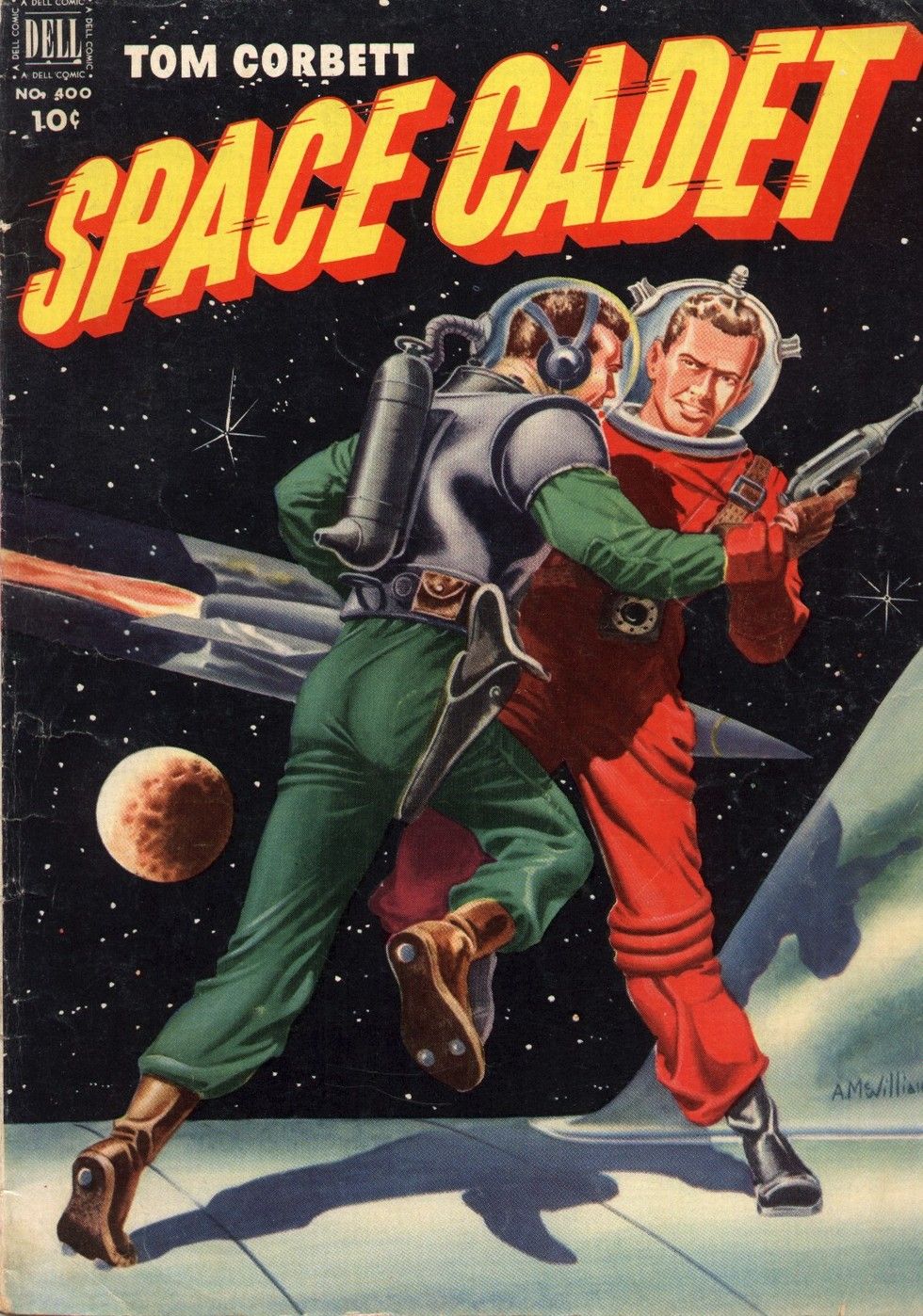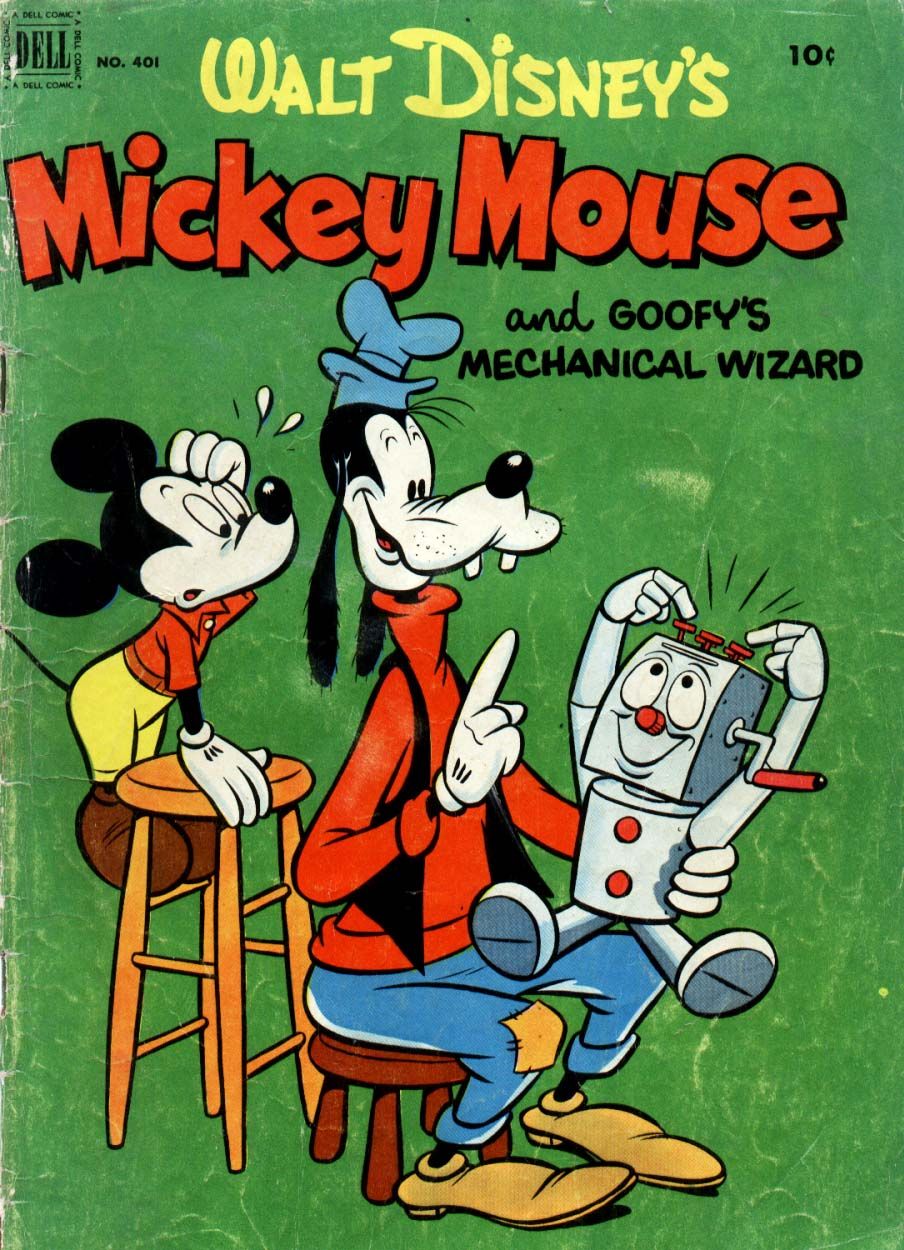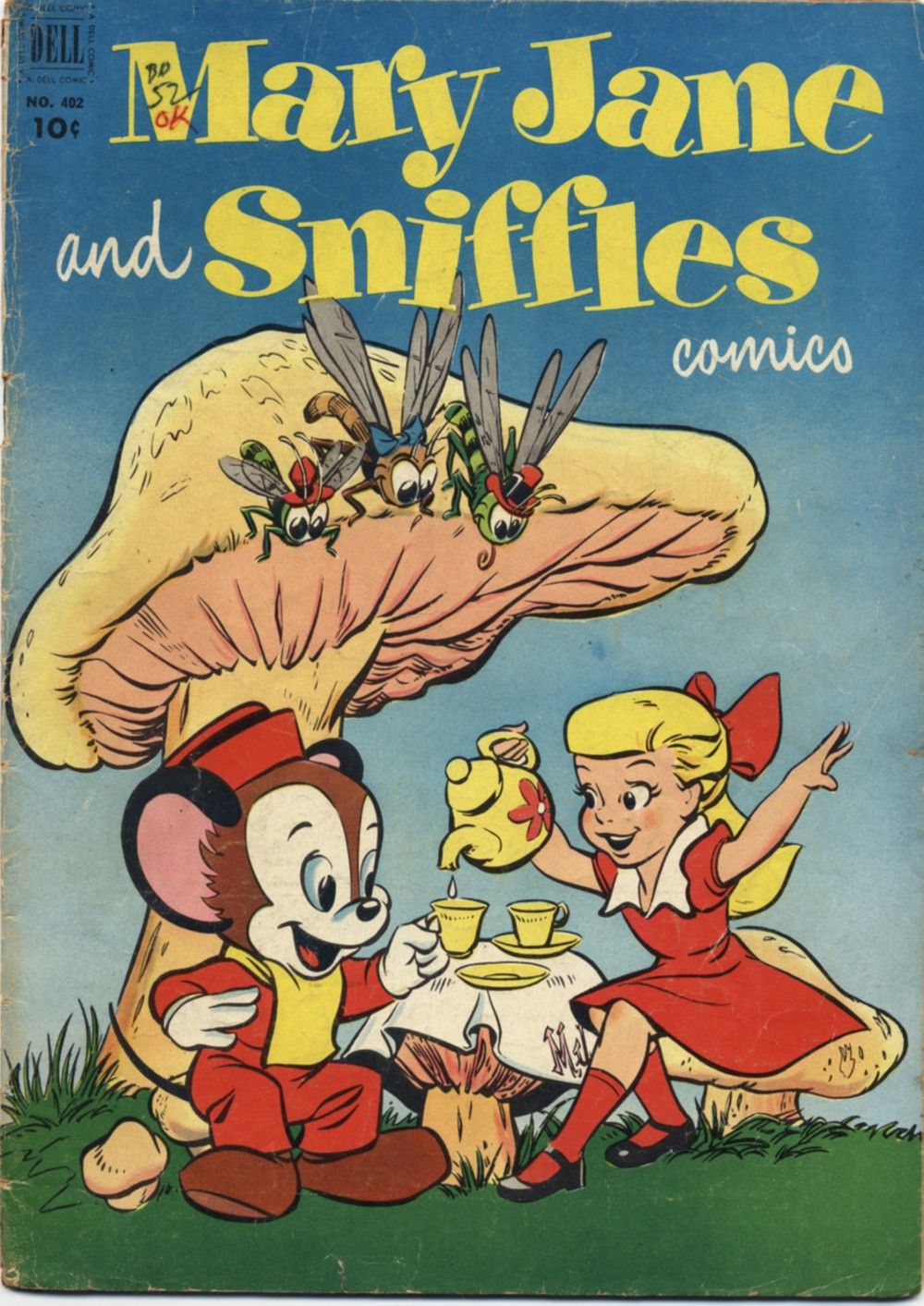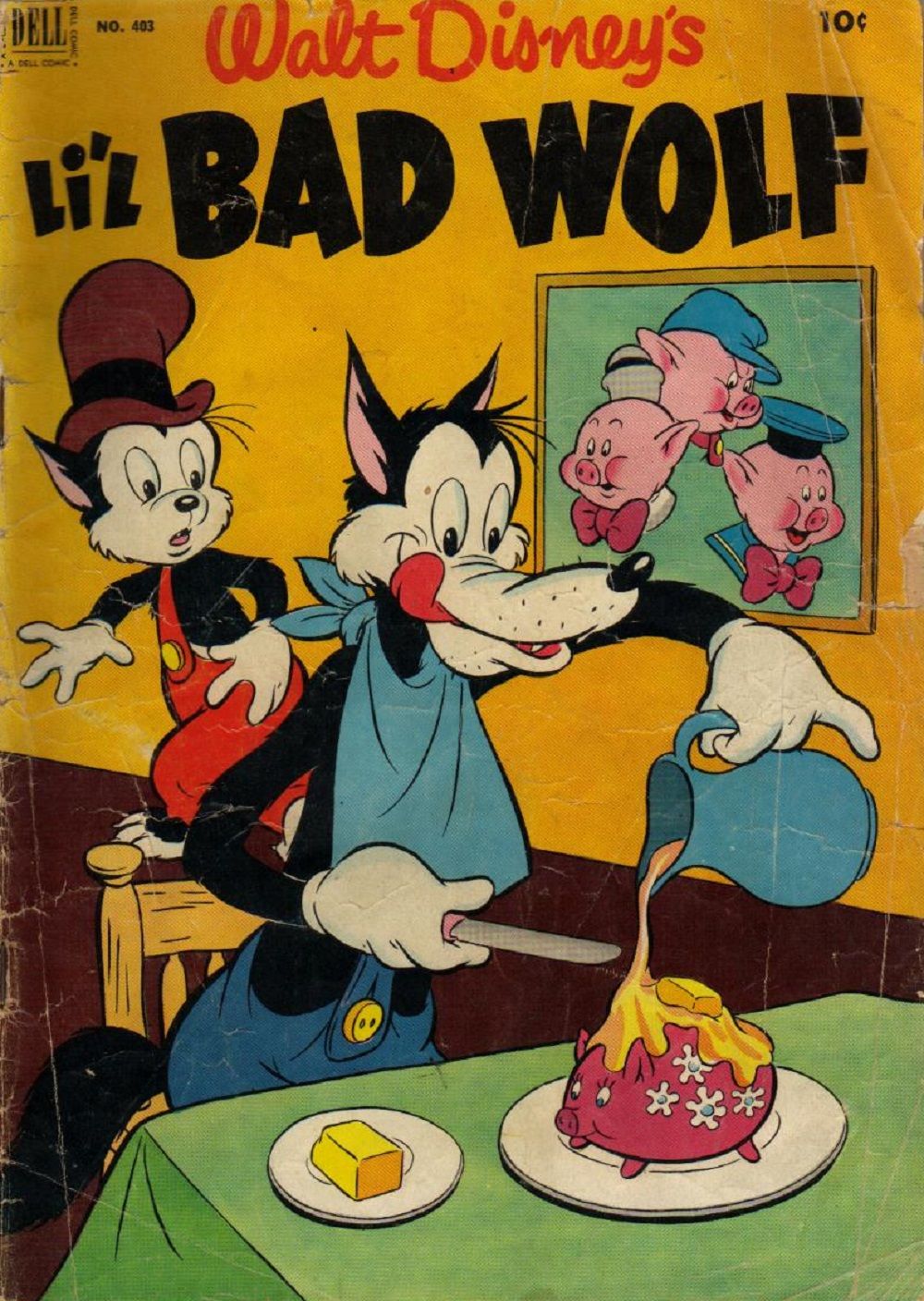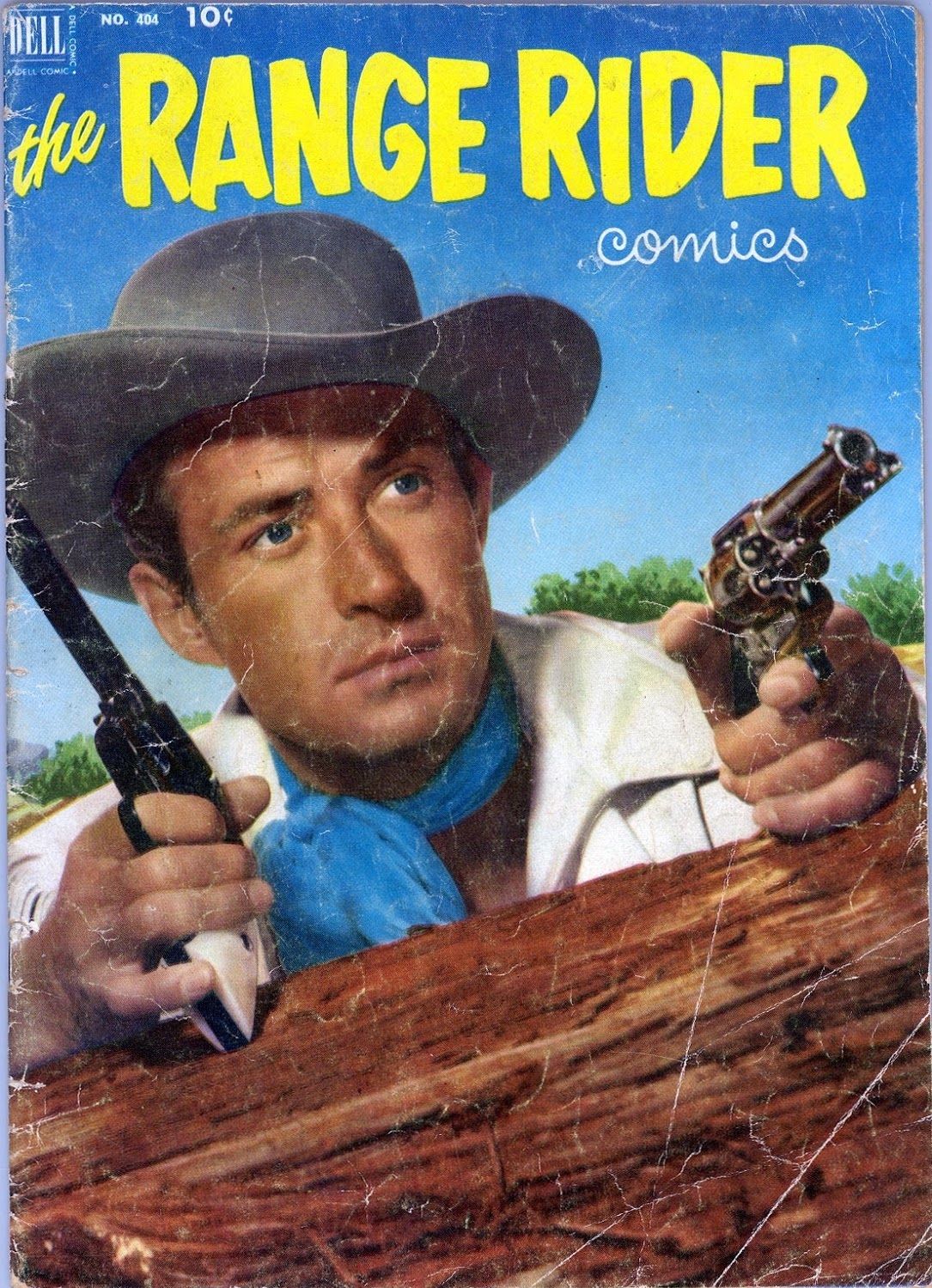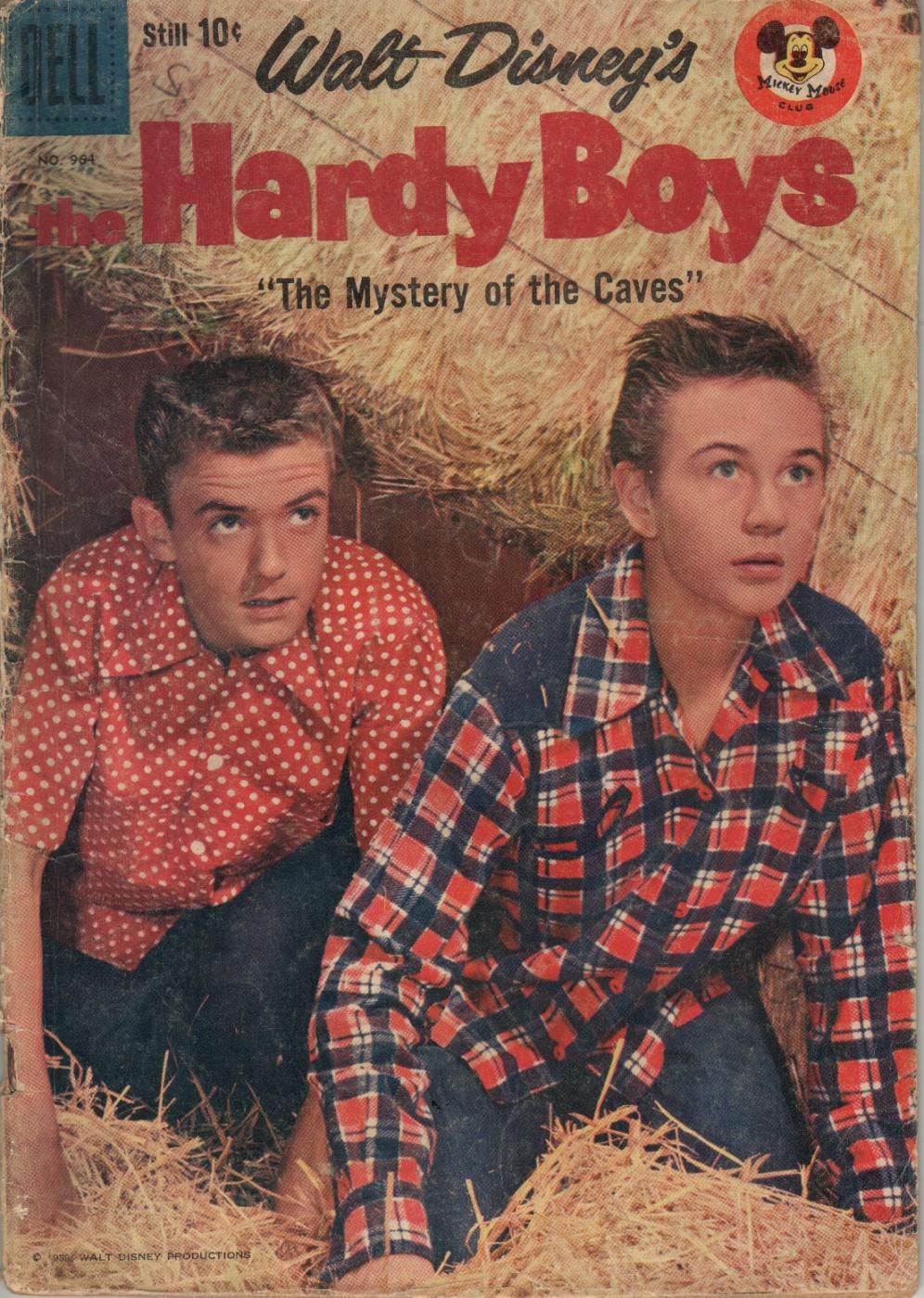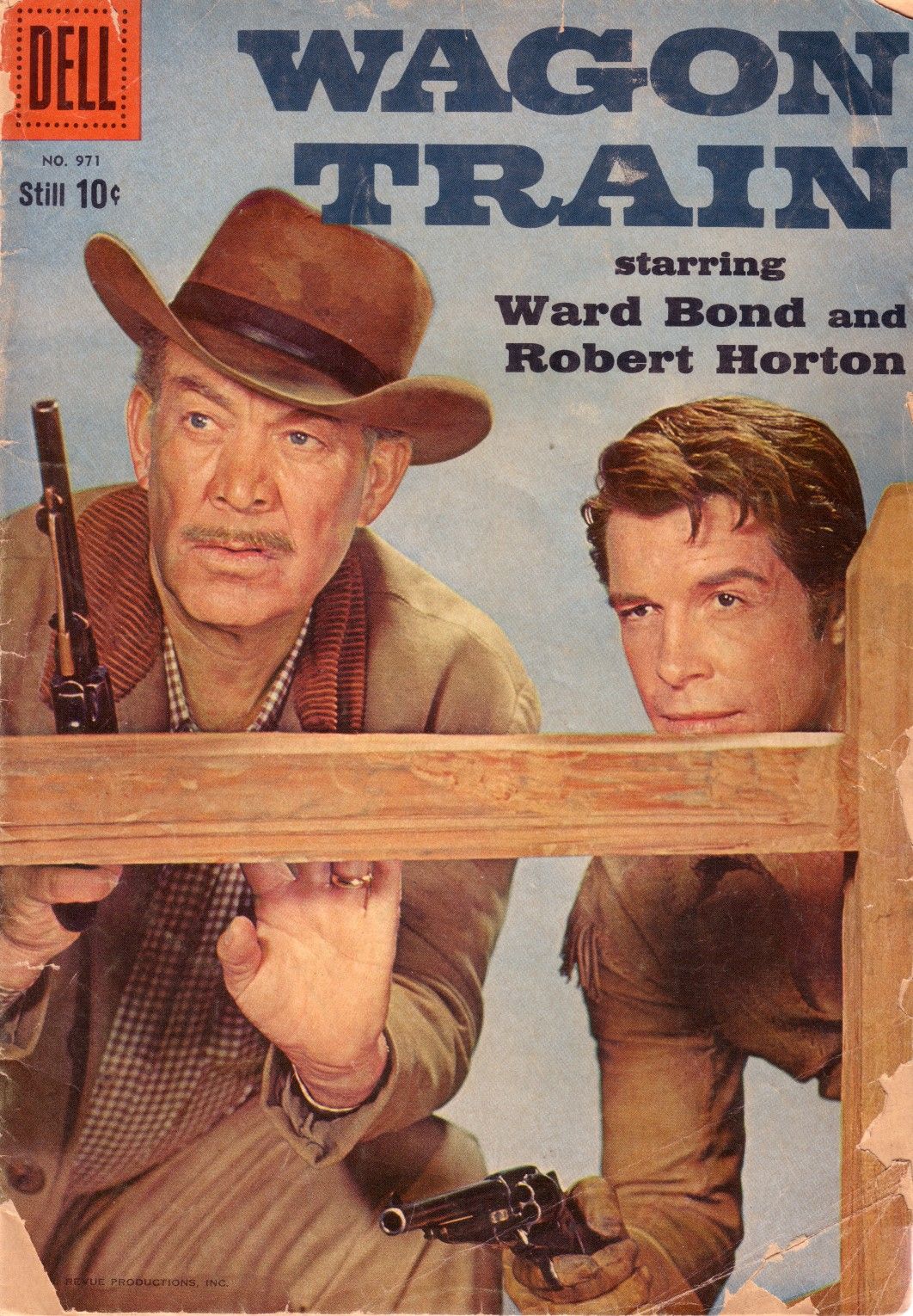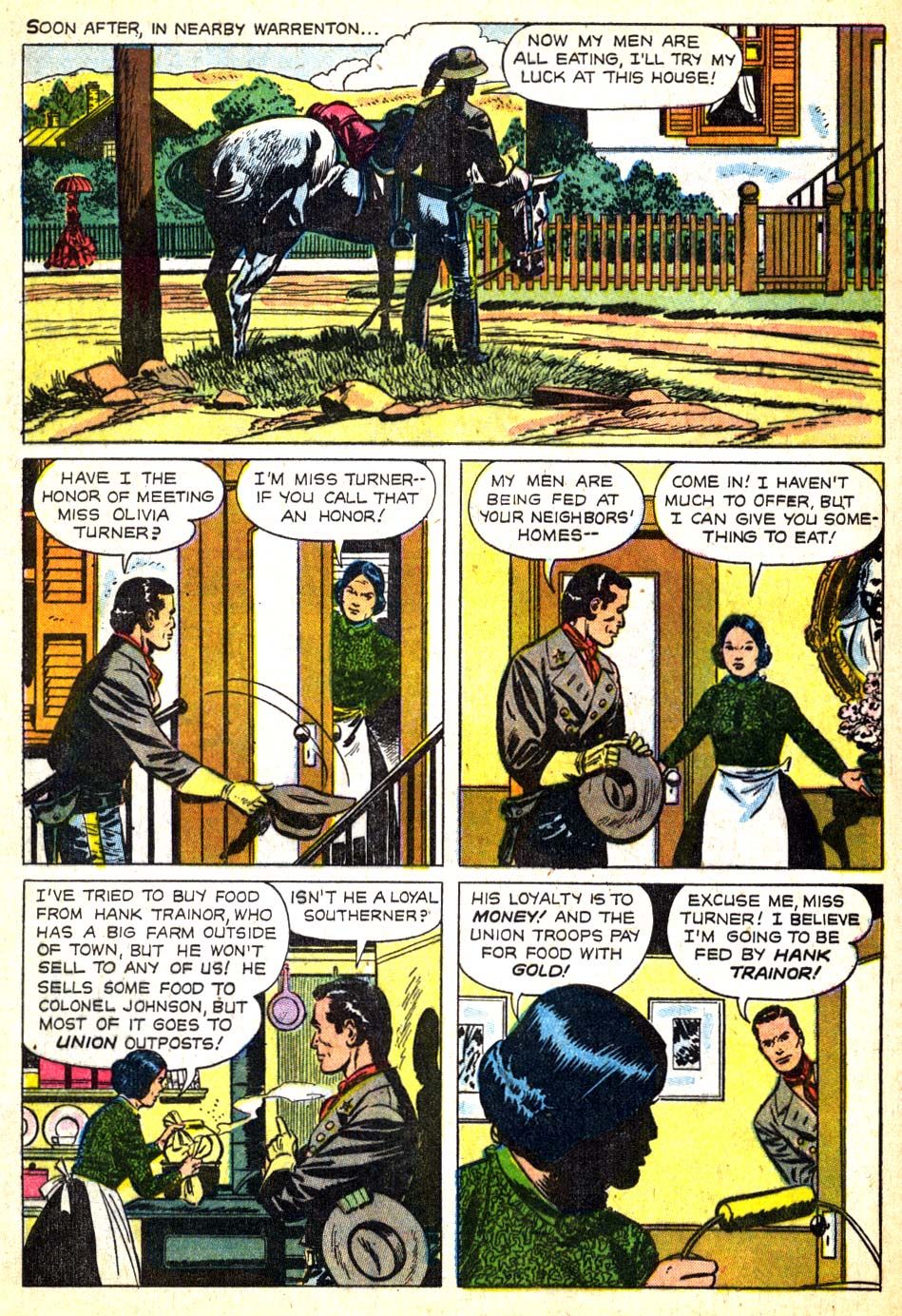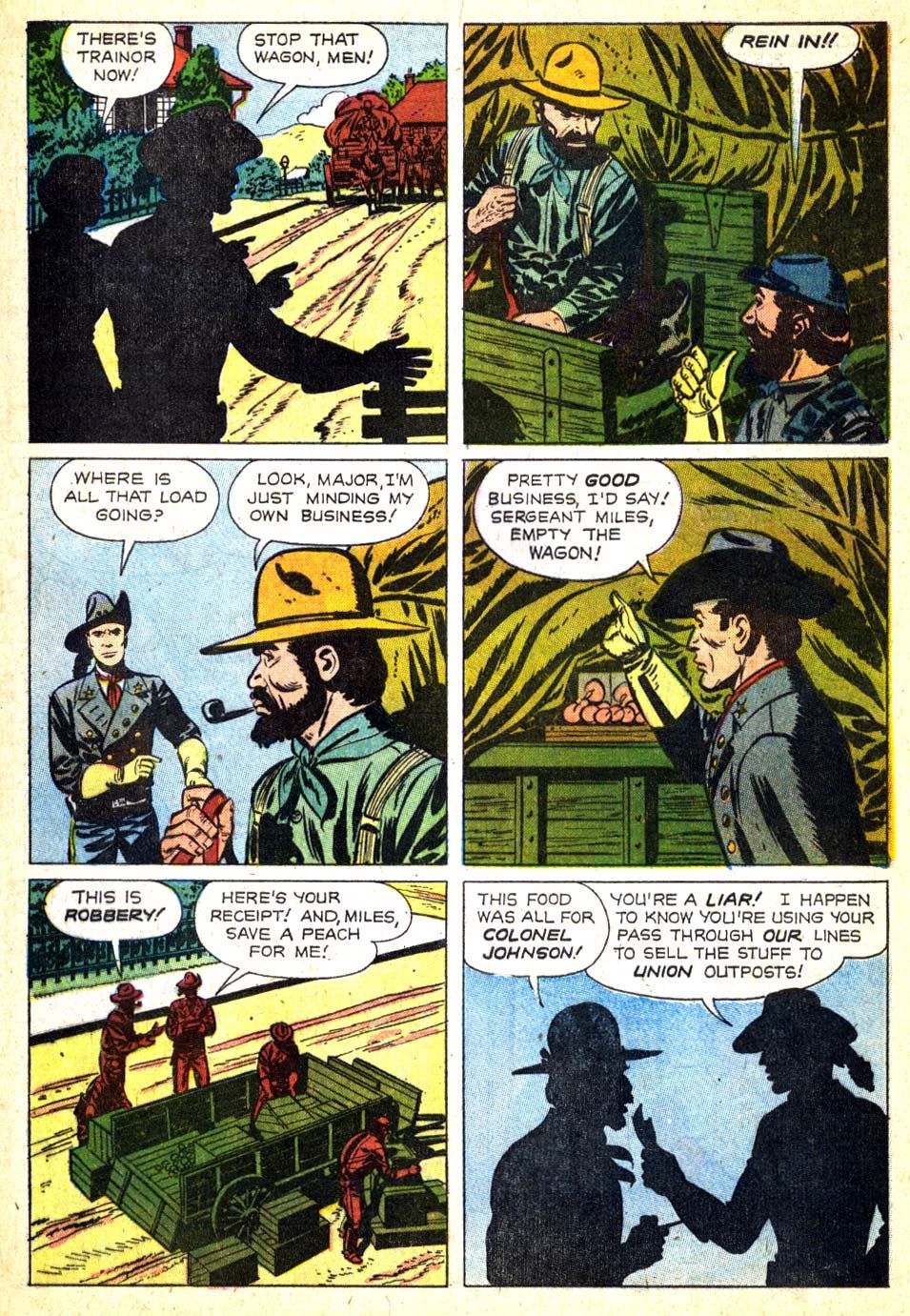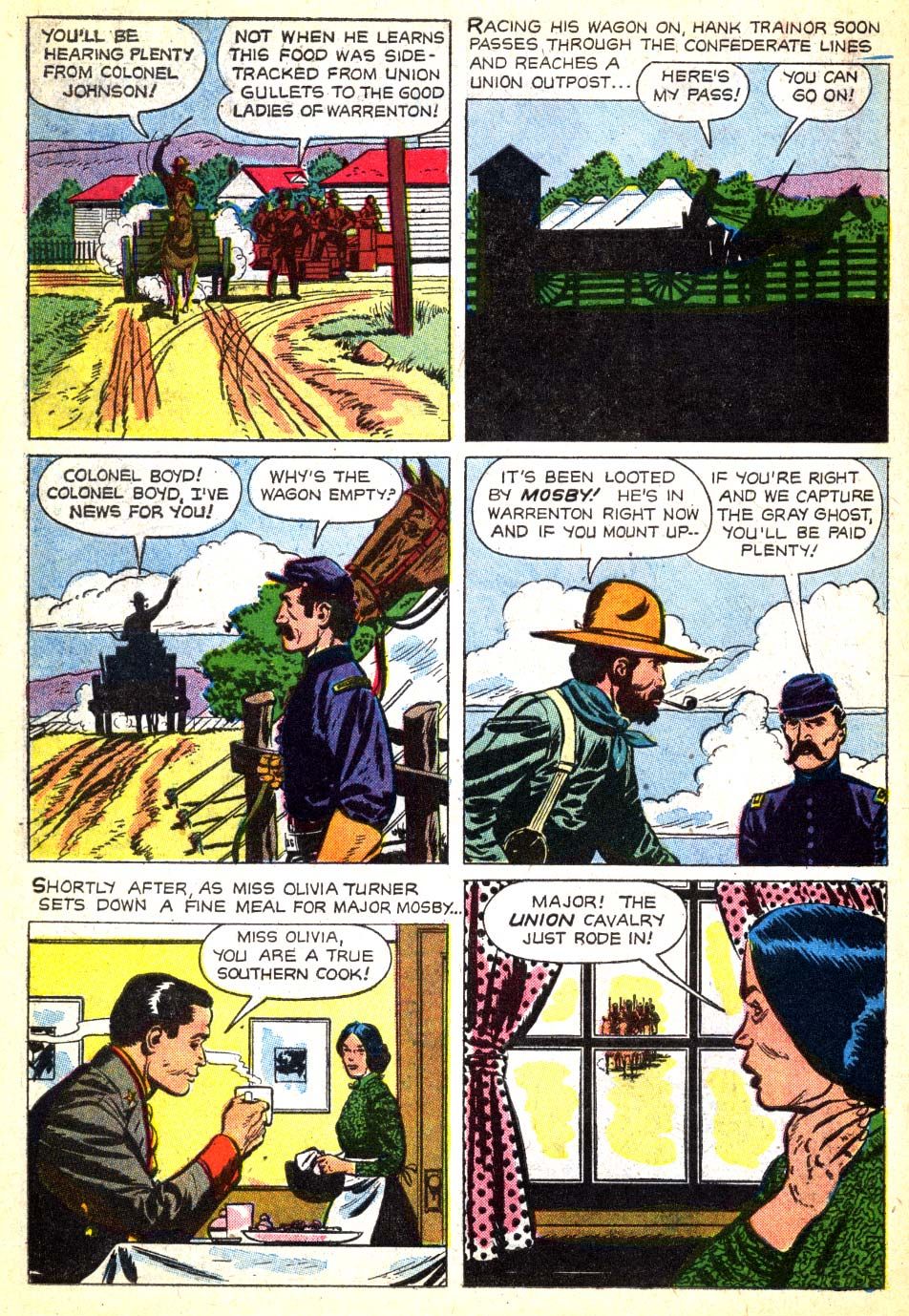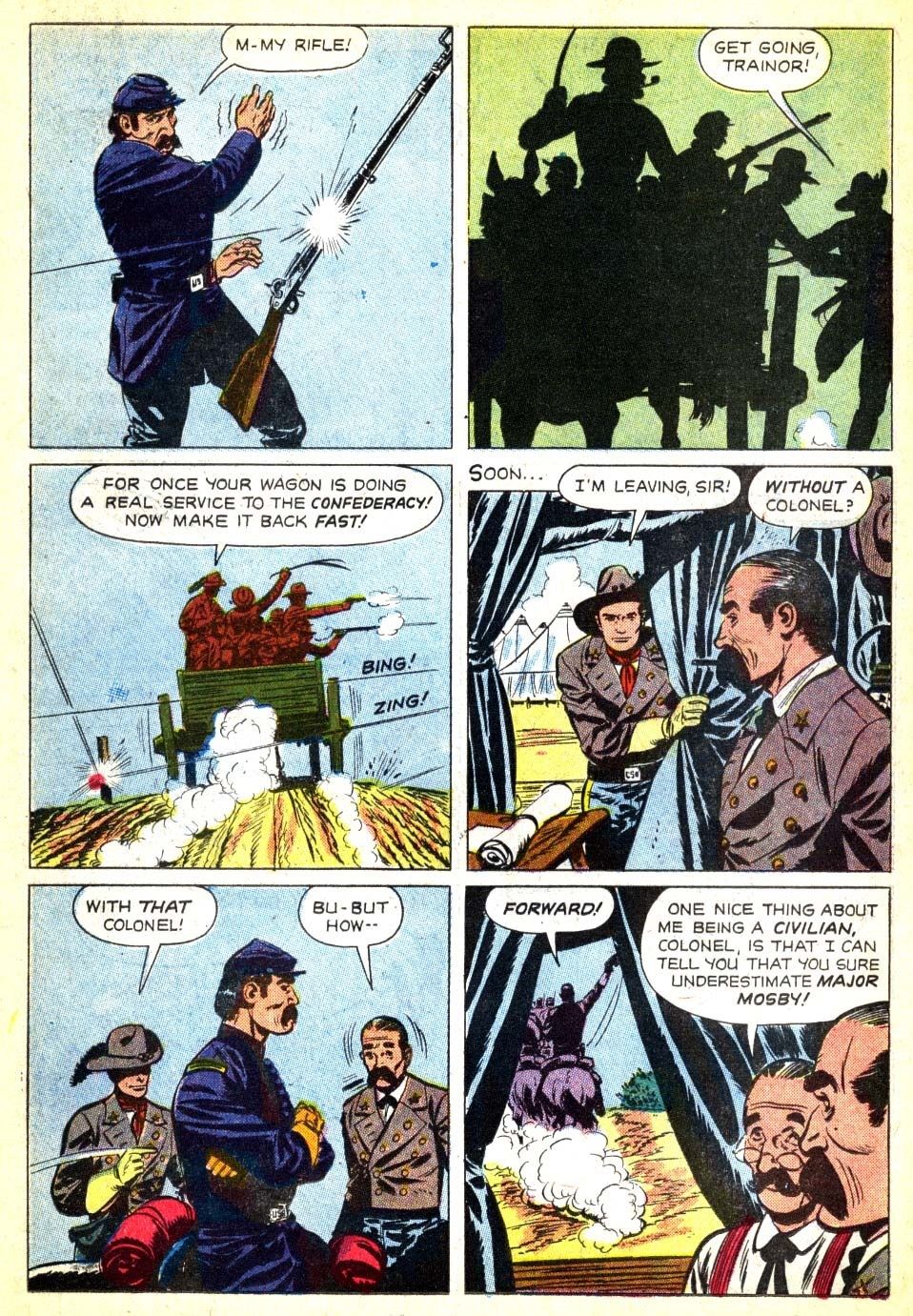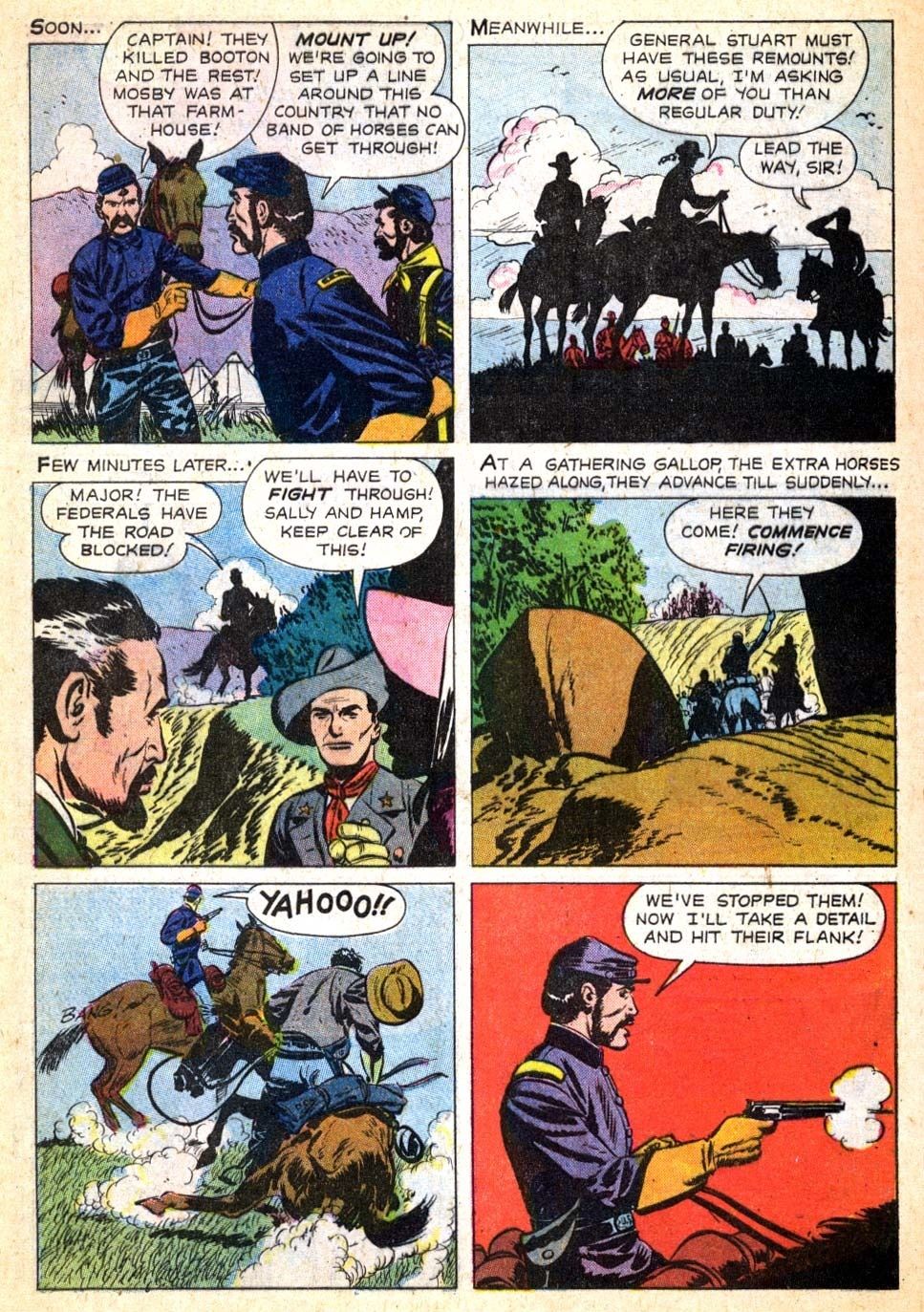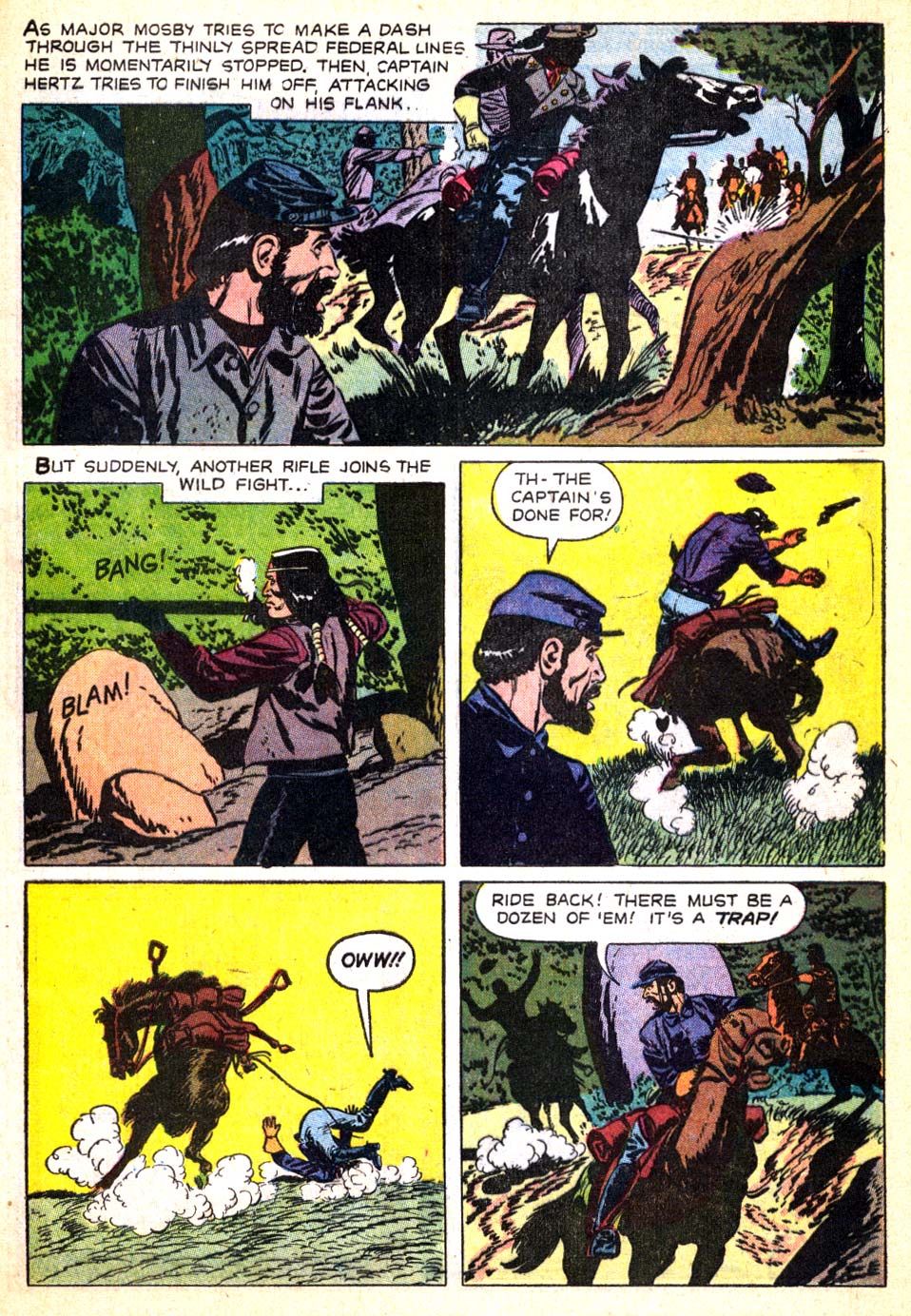Knowledge Waits is a feature where I just share some bit of comic book history that interests me.
As I wrote about the other day, while Action Comics is the fist mostly monthly comic book series in America to ever hit #1000, it was not the first American comic book to get that honor. That honor goes to one of the more unusual comic books of the 20th Century, Four Color Comics. What made Four Color Comics (which was produced by Dell Comics) so unusual is that it really wasn't a comic book series at all, at least not in the sense of what we typically think of the term. The main purpose of Four Color Comics was that it was a series of one-shots. In the early days of comic book publishing, you really couldn't do one-shots as a sustainable business model, since you would have to get postal registration for each one and that would just be ridiculous.
Remember, in the early days of comic books, publishers would do whatever they could to avoid having to cancel a comic book series. Comic book series could go through completely different formats, but the comic book would keep going, so that the company wouldn't have to register (and pay) for a new postal registration. That is why Iron Man continued to appear in Tales of Suspense and Thor continued to appear in Journey Into Mystery. It was just cheaper that way.
Therefore, Dell Comics would produce a comic book called Four Color Comics, but each issue would be, essentially, its own one-shot comic book.
For instance, picking fairly at random, let us look at Four Color Comics #400-404...
One of the things that Four Color Comics is most famous for, other than, of course, their Disney and Looney Tunes comic books that served as the backbone of the comic book company's little empire (Dell Comics was one of the most successful comic book companies of the 1940s and 1950s) is how they would often do licensed tie-in comic books for movies and TV shows and, since this was a one-shot book, you could try out some wild stuff, but most of it was normal enough...
The way that the series worked, also, is that the really popular one-shots would get their own solo comic books (although sometimes, even there, they would begin as part of Four Color Comics with dual numbering before proving that they were worth getting their own official separate series).
So anyhow, since these one-shot comic books would be done by different creative teams, this allowed Dell to publish the series as essentially a weekly comic book series, so by the time that Dell lost their licenses in the 1960s, the comic book had gone well past #1000.
The #1000 issue came out in 1959. The problem was that Dell did not treat their numbers as anything special. It was just whatever comic book happened to be next in line for publication, so as a result, the momentous #1000 issue was a rather bizarre comic book based on a TV show of the era that was, oddly enough, a pro-Confederate Army comic book!
So read on to learn about Four Color Comics #1000 and...the Gray Ghost!
Page 2: [valnet-url-page page=2 paginated=0 text='Who%20is%20the%20Grey%20Ghost?']
In the 1958-59 season, there was a syndicated TV series called The Gray Ghost, about the famed Confederate Major John Singleton Mosby, who was so well known for his guerella tactics that he became known as the gray ghost.
Oddly enough, Walt Disney Pictures even made a film about him roughly a decade later, with 1967's Mosby's Marauders (featuring a young Kurt Russell)...
So it got one of those Dell TV adaptations, with writer Paul S. Newman and artist Ray Bailey (who did a bunch of the TV adaptations for Dell) being the creative team on the issue...
Amusingly, the way that Dell worked, the indica just listed whichever comic was starring in the given issue, so it was officially The Gray Ghost #1000 on the indica...
Anyhow, the comic book told two stories.
The first involved Mosby punishing a corrupt Southern farmer who was selling his goods to the Union...
Mosby quickly escapes from the Union soldiers.
Then later, when a prisoner exchange is threatened when a Union colonel needed to switch with a captured Confederate colonel escaped (and was killed in the escape), Mosby quickly captures another one so that the exchange can go on as planned...
In the second story, Mosby befriends a Native-American...
You have to love the Dell pledge at the end of the comic. We vow to give you only clean and wholesome entertainment about heroic Confederate soldiers!
That's it for this installment! If you have any ideas for interesting pieces of comic book history, drop me a line at brianc@cbr.com!

